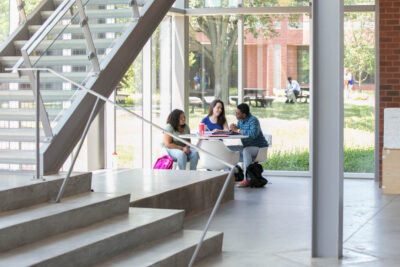Attracting and retaining students using gap year programs
Janice Pittman
Associate Professor of Management, Union University
The views and opinions expressed are those of the author and do not necessarily represent the views or opinions of EAB.
Problem
Recruiting and retaining students from under-resourced communities continues to be a vexing problem for colleges and universities. What program(s) can the university develop and implement to increase recruitment and retention of students from under-resourced communities?
Solution
With the growing popularity of gap years and experiential learning, a study was conducted to gain insights on whether an experiential gap year program should be developed to increase the recruitment and retention of students from under-resourced communities.
-
Interested in the Rising Higher Education Leaders Fellowship?
Findings
- Students from under-resourced communities felt and demonstrated they were unprepared for or need help understanding how to complete college-level work.
- Students enjoy a variety of teaching methods (traditional lecture and experiential learning methods) but need help demonstrating and applying knowledge at the collegiate level.
- Students from under-resourced communities want and benefit from programs designed to help them matriculate the college experience.
- Gap-year programs in their current format are not the optimal solution to recruit and retain students from under-resourced communities, as they focus on service learning, career courses, and experiential learning through service. This format does not assist students with adjusting to and matriculating the college environment.
- Bridge programs have been shown to be the best solution to recruiting and retaining students from under-resourced communities.
Recommendation
My recommendation is to develop a revised bridge gap year program that students will complete before entering their freshman year of college. The revised bridge gap year program would include a curriculum that focuses on:
- Preparing students to adjust to the colligate environment.
- Developing the skills necessary to complete college-level work
- Building a supportive community and helping students feel a sense of belongingness during their college career
Reflection
I want to thank EAB for providing invaluable resources that allowed me to explore multiple programs and initiatives universities are using to recruit and retain students from under-resourced communities. I also appreciate the Rising Higher Education Leaders Fellowship Program for providing an environment where I can network with and learn from other higher education professionals as we develop innovative solutions to address challenges in the higher education landscape.
More Blogs

The real demographic crisis isn't national—it's regional

Beyond the echo chamber
